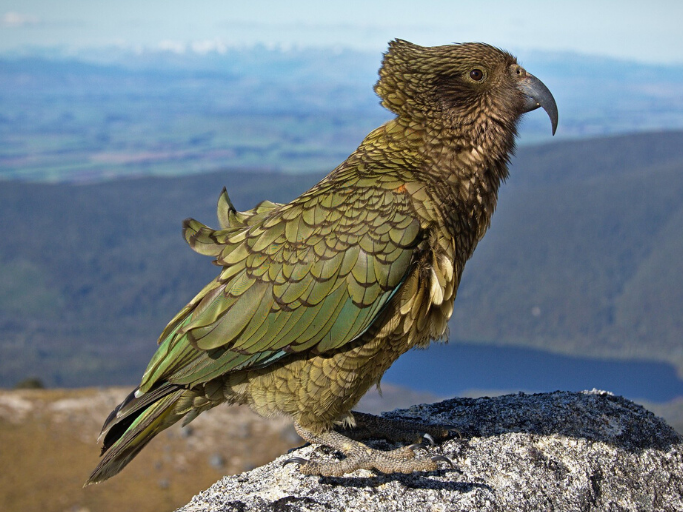ON THIS PAGE
What is a strategic plan?
In order to succeed, community groups need to have a vision and a mission. For example, your vision might be for a predator free New Zealand. Your mission, or the reason for your group’s existence, might be to reduce predators and create a safe habitat for vulnerable species in a particular region.
A strategic plan is a record of your vision, goals and objectives, documented in a realistic, straightforward way. It usually covers about five years, but it doesn’t have to be a novel-sized document – a couple of pages is fine. In fact, the clearer and more concise your strategic plan is, the more likely people are to read, understand and follow it.

What should a strategic plan include?
A strategic plan should include:
- Targets. Which species are you trying to protect? Which species are you trying to remove, in which area(s), over what period? Include as much data as you can.
- Equipment required. E.g what type of baits and traps? How many will you need?
- Recruitment. How many staff and/or volunteers will you need? How will you recruit them? (See our information on recruiting volunteers.)
- Training. Who will train new staff and what will the process involve?
- Seeking advice. What skills or expertise will you need on your project? Do you need to hire consultants with specific knowledge?
- Risk management. (See below for more details.)
- Communication (internal and external). How will you share any news? How often will you have meetings? How will you get the word out about your group? (See our information on writing comms plans.)
- Fundraising. How much money will you need, and when? Who will be in charge of fundraising? (See our information on fundraising ideas.)
A strategic plan provides everyone with a clear direction and also ensures that group leaders and stakeholders are in agreement. Keep your plan short and realistic, send out a draft to gather feedback from members and any stakeholders, and then share it. Refer to it regularly, update it as required, and make sure everyone has a copy of the latest version.
Here is an example of a strategic plan: Foundation North’s Tō Tātou Rautaki: Our Strategy (PDF, 217KB)
What is a SWOT analysis?
SWOT stands for Strengths, Weaknesses, Opportunities and Threats. Analysing your group’s SWOTs (and those outside your group) will help your overall strategy – all it takes is a quick chart like this:
| Internal (within group) | External (outside group) | |
| Strengths | ||
| Weaknesses | ||
| Opportunities | ||
| Threats |
Risk management
Your strategic plan should include a section on risk management. Risk management is about identifying anything that might go wrong with your project and what its potential impact would be. An awareness of risks helps you to prepare for them, so that you’re not blindsided or ‘putting out fires’ as problems arise. Risks are anything that might adversely affect your project, from bad weather to running out of money.

Consider the obstacles that might come up for your group in particular. Examples might be accidents, illnesses, weather conditions, natural disasters, a lack of equipment, the loss of a key group member, financial problems, legal issues (e.g. around consents and permits required for use of toxins/traps or access to property), and recruitment.
Once you‘ve identified some risks (write down at least five, in order of importance or probability) you can think about ways to avoid them (if possible), or at least minimise them so they won’t have a destructive impact on the project.
Incorporating Mātauranga Māori
Mātauranga Māori is increasingly being woven into Aotearoa New Zealand’s conservation planning. This includes relationship building and partnerships with mana whenua (Māori groups such as iwi, with ownership or a connection to the area involved in the project), incorporating tikanga (customs/protocol) into community work, and forming a deeper understanding of our environment through indigenous knowledge and skills (mātauranga).

